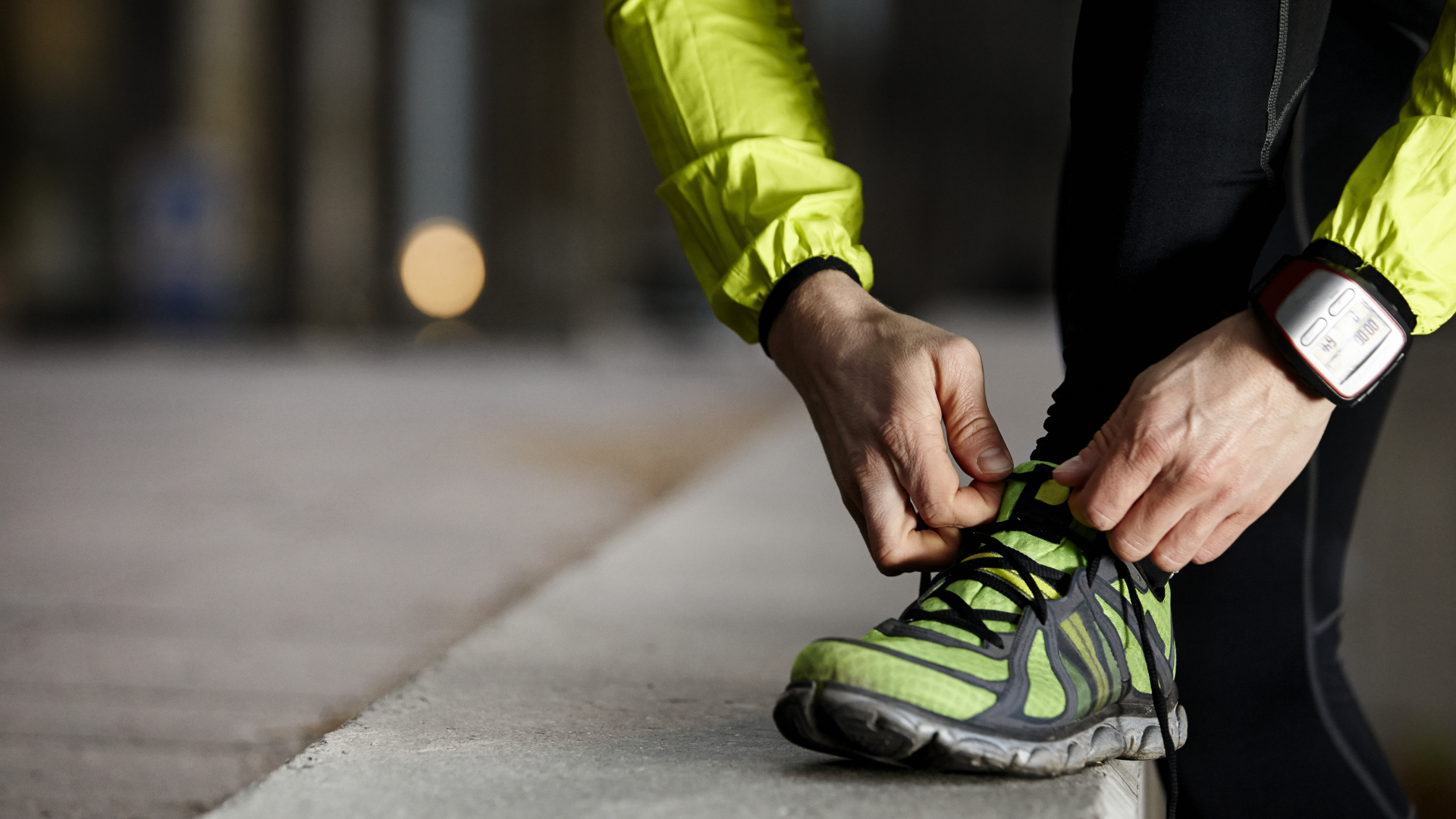What are the extra lace holes on running shoes for?
What are the extra lace holes on running shoes for? We unravel the mystery and teach you how to tie a heel lock to secure your feet and ankles on the trail

What are the extra lace holes on running shoes for? Any time you’ve been lacing up your best trail running shoes before heading out on a long run or a race, you may have been vaguely aware of that extra eyelet closest to your ankle. Though you might even have tried an extra criss-cross of your laces, chances are that, at best, you idly wondered what it was for then promptly forgot about it until the next time you were tying your shoes. After all, you probably haven’t given much thought to how you tie your shoelaces since the first day of high school when you looked around and realized that your bunny ear method was no longer cool. Cue four years of desperately trying to master the latest lacing patterns that hid those mortifying shoelaces from public view.
Anyway, back to the present. The good news is that those extra lace holes on your running shoes have nothing to do with looking cool, so if the thought of high school is a trigger for you, you can exhale. Those extra holes have a very functional purpose and there’s a very specific method of tying them. We’re here to explain both of those to you.
Why do running shoes have an extra lace hole?

The extra lace holes on running shoes are for securing what is known as a heel lock, also known as a lace lock, and sometimes a runner’s loop. As you might have guessed, this holds your heel in place when you’re running or walking, which provides more heel and ankle support and diminishes the chance of developing rubbing or annoying blisters when you’re out on the trails.
You read that right – if you’ve been developing blisters on long runs, you might have blamed the sheer distance you ran, wearing the wrong type of sock, or maybe experimenting with wearing different shoe sizes, but the issue could simply be how you’re tying your shoelaces. After all, blisters are caused by friction and if you can get your heel to stay in place, you can eliminate that friction.
How to tie a heel lock
So, how exactly do you use those extra lace holes properly to tie a heel lock? We did the research and it turns out that there is a simple, but very precise, method of tying a heel lock to secure your heel and get those running shoes feeling nice and snug. Try the method below before your next run, and if you also like to wear your running shoes around town you can go back to your normal lacing method afterwards.
If you’ve been experiencing issues with pain and discomfort in your feet as a result of running, check out our best foot care for runners tips too.
- First, thread the end of each shoelace through the hole on its own side. Thread it from the outside in towards your foot.
- Don’t pull the laces tight; instead, leave two loops like bunny ears.
- Now, feed the end of each lace through the loop (bunny ear, if you will) on the opposite side.
- Next, pull the laces tight so the bunny ears disappear. Pull the laces down, then pull the laces up.
- Finally, tie your laces tightly with a double knot, and hit the road.
All the latest inspiration, tips and guides to help you plan your next Advnture!
Julia Clarke is a staff writer for Advnture.com and the author of the book Restorative Yoga for Beginners. She loves to explore mountains on foot, bike, skis and belay and then recover on the the yoga mat. Julia graduated with a degree in journalism in 2004 and spent eight years working as a radio presenter in Kansas City, Vermont, Boston and New York City before discovering the joys of the Rocky Mountains. She then detoured west to Colorado and enjoyed 11 years teaching yoga in Vail before returning to her hometown of Glasgow, Scotland in 2020 to focus on family and writing.

